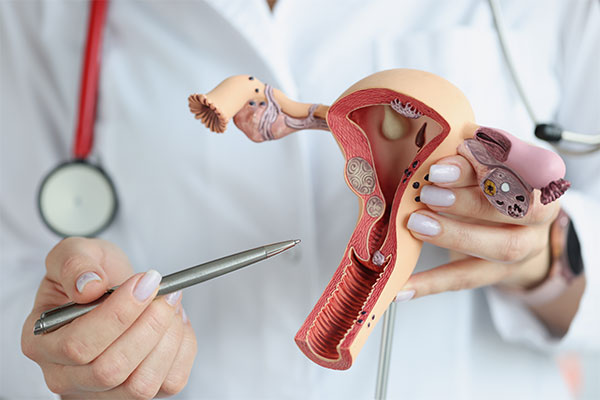Success rates
At IVF(SG) our success is measured by the baby in your arms.
We understand when you’re considering IVF treatment learning about success rates of individual clinics is important to help you make the right decision about your future.
But it’s important to understand what these statistics mean. Success rates are not black and white, there are many ways of presenting success rates which can make one clinic can look more successful than another because of the way “success” is measured. Is success defined as a positive pregnancy test or clinical pregnancy, or the birth of a baby?
Each fertility clinic’s success rates different greatly depending on the type of patients they treat, and the treatment strategy used. Clinics that treat younger patients with less complicated fertility issues are likely to have better results than those clinics who treat older women or those with more complex or difficult medical histories.
Many factors influence the success of IVF treatment including the skills and experience of the embryologists, the quality of the laboratory, types of treatment used and most importantly the patient’s age.
Whilst it’s an important factor to include in your decision making, you should not choose a clinic based solely on success rates. The success rates of the clinic you choose might not apply to you as an individual and might not mean a baby in your arms. Your chances of success with IVF should be fully assessed and explained to you by a fertility specialist after considering your unique health and fertility circumstances and medical history.


What is an IVF treatment cycle?
A standard IVF treatment cycle involves the following steps:
- Injections with fertility drugs to stimulate a woman’s ovaries (ovarian hyperstimulation);
- Collection of eggs (or oocytes) from a woman under anaesthetic, referred to as an ‘oocyte pick up’ or OPU
- Eggs are fertilised and matured. This may or may not involve a technique called ICSI (intracytoplasmic sperm injection, when a single sperm is injected into each egg to assist fertilisation)
- An embryo may be transferred to the woman’s uterus, called a fresh embryo transfer; and
- Any remaining embryos may be frozen and transferred later during a procedure called a frozen embryo transfer
Once all fresh and frozen embryos from an initial stimulated cycle have been used, the IVF cycle is considered complete.
There are many factors that can contribute to your chance of a successful pregnancy through IVF.

A woman's age
The highest IVF success rates are seen in women under 35. As a woman’s age increases, her risk of miscarriage increases, resulting in a decline in successful IVF procedures.

Infertility diagnoses
Male and female diagnoses can have differing success with IVF. Your doctor can help you determine what treatment is right for you.

Intended parent’s health and medical history
Certain medical conditions, diseases, and even medications can affect your fertility journey, so it’s important to fully discuss your medical history with your fertility specialist.

Using donor embryos
For patients who may struggle to create high-quality eggs, using donor eggs can increase success rates.
